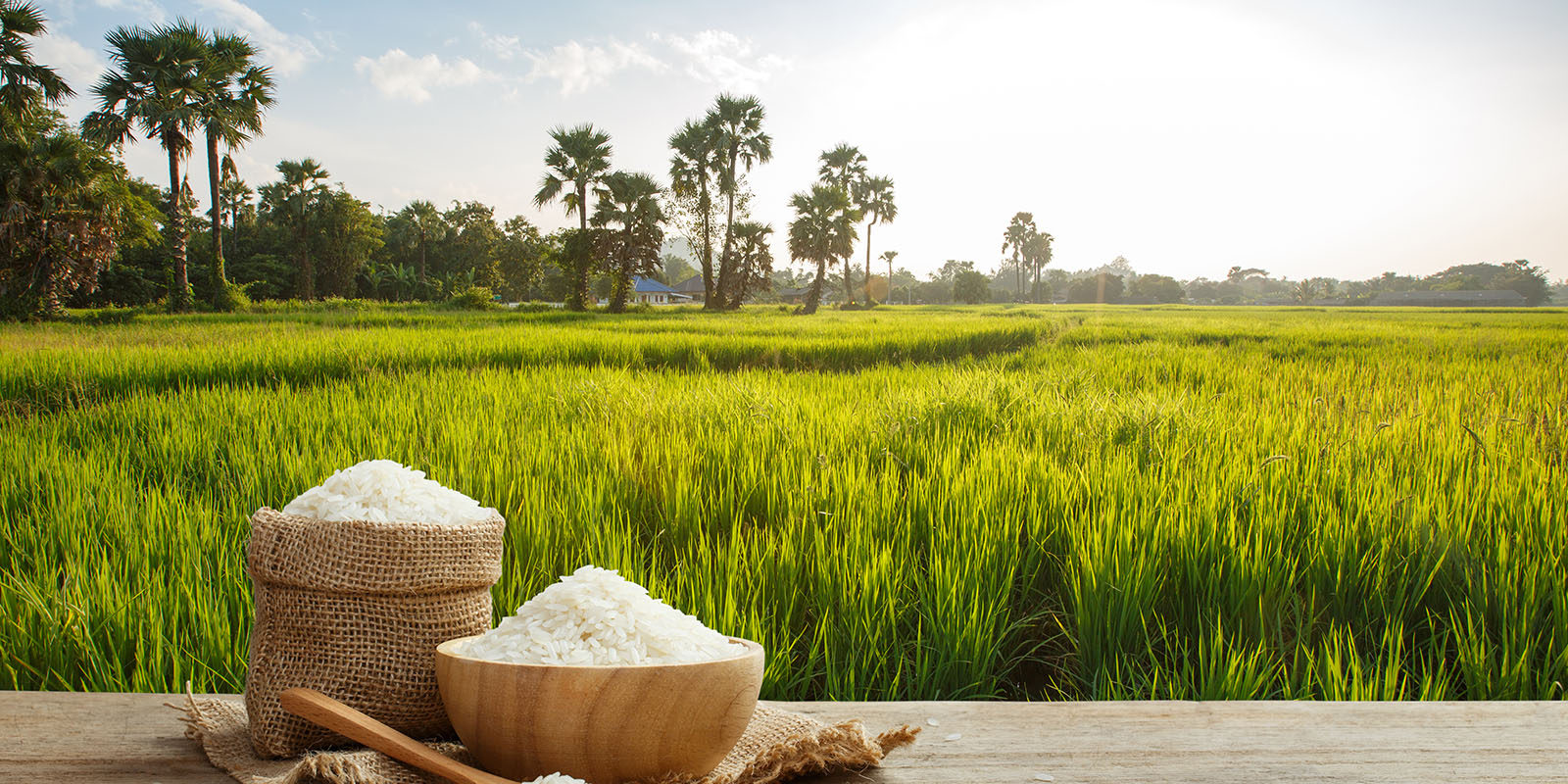With around 54% of Central and West Asia's paddy fields located in Iran, the country accounts for 61% of the regions' combined rice production, the Central and West Asia Rice Center said.
According to CWARice, in order to meet growing demand, achieve food security and reduce poverty in Central and West Asia, a 25% increase in rice production is needed by 2035, IRNA reported.
CWARice was officially established in 2010 at the Rice Research Institute of Iran in the city of Rasht in Iran's northern Gilan Province. Its member states include Iran, Turkey, Azerbaijan, Afghanistan, Iraq, Kazakhstan, Kyrgyzstan, Tajikistan, Turkmenistan and Uzbekistan.
The mission of CWARice is to conduct advanced rice research with an emphasis on new production technologies that will be required to adapt rice production systems in the region to climate change, the center's official website said.
The International Rice Research Institute has estimated that rice consumption in Central and West Asia will rise from the current 9 million tons to around 16.5 million tons in 2035.
The International Rice Research Institute is the world’s premier research organization dedicated to reducing poverty and hunger through rice science; improving the health and welfare of rice farmers and consumers; and protecting the rice-growing environment for future generations.
IRRI is an independent, nonprofit, research and educational institute, founded in 1960. Headquartered in Los Banos, the Philippines, IRRI has offices in 17 rice-growing countries in Asia and Africa.
Iranians consume 3.2 million tons of rice a year, of which more than 2.2 million tons are supplied by domestic farmers.
The Agriculture Ministry expects domestic rice production to increase by 10-15% in the current Iranian year (started March 21), because of favorable weather condition and timely distribution of seeds, fertilizers, pesticides, machinery and equipment among local farmers.
The government periodically places a ban on imports during the harvest season to support local farmers. Import tariffs have increased from 22% four years ago to 40% at present for the same reason.
The two northern provinces of Gilan and Mazandaran are home to the majority of Iran’s paddy fields.
Director General of Grains and Staple Foods Office with the Ministry of Agriculture Kaveh Khaksar said about 81% and 70% of rice harvest in the two provinces respectively were mechanized in the last Iranian year (ended March 20, 2017), Mehr News Agency reported.
“The figures are estimated to increase to 86% for Mazandaran and 80% for Gilan in the current year. Mechanization expansion is done with the aim of increasing productivity and achieving self-sufficiency. A 100% automation of rice harvest is projected by the end of the sixth five-year development plan (2017-22),” he said.
Khaksar added that out of the 185,000 hectares of paddy fields in Mazandaran, 38,000 hectares went under mechanized rice planting. In Gilan, mechanized rice planting was carried out over 95,000 hectares from the total of 238,000 hectares of paddy fields.
According to Kambiz Abbasi, an official with the Ministry of Agriculture, the government of President Hassan Rouhani invested 6 trillion rials (about $156 million) on mechanization of rice production, which investment is “unprecedented”.
He added that mechanization would cut rice harvesting costs by up to 70%.
Abbasi also noted that in view of water shortage in Iran, the administration is not willing to expand paddy fields in provinces other than the northern Mazandaran and Gilan.


